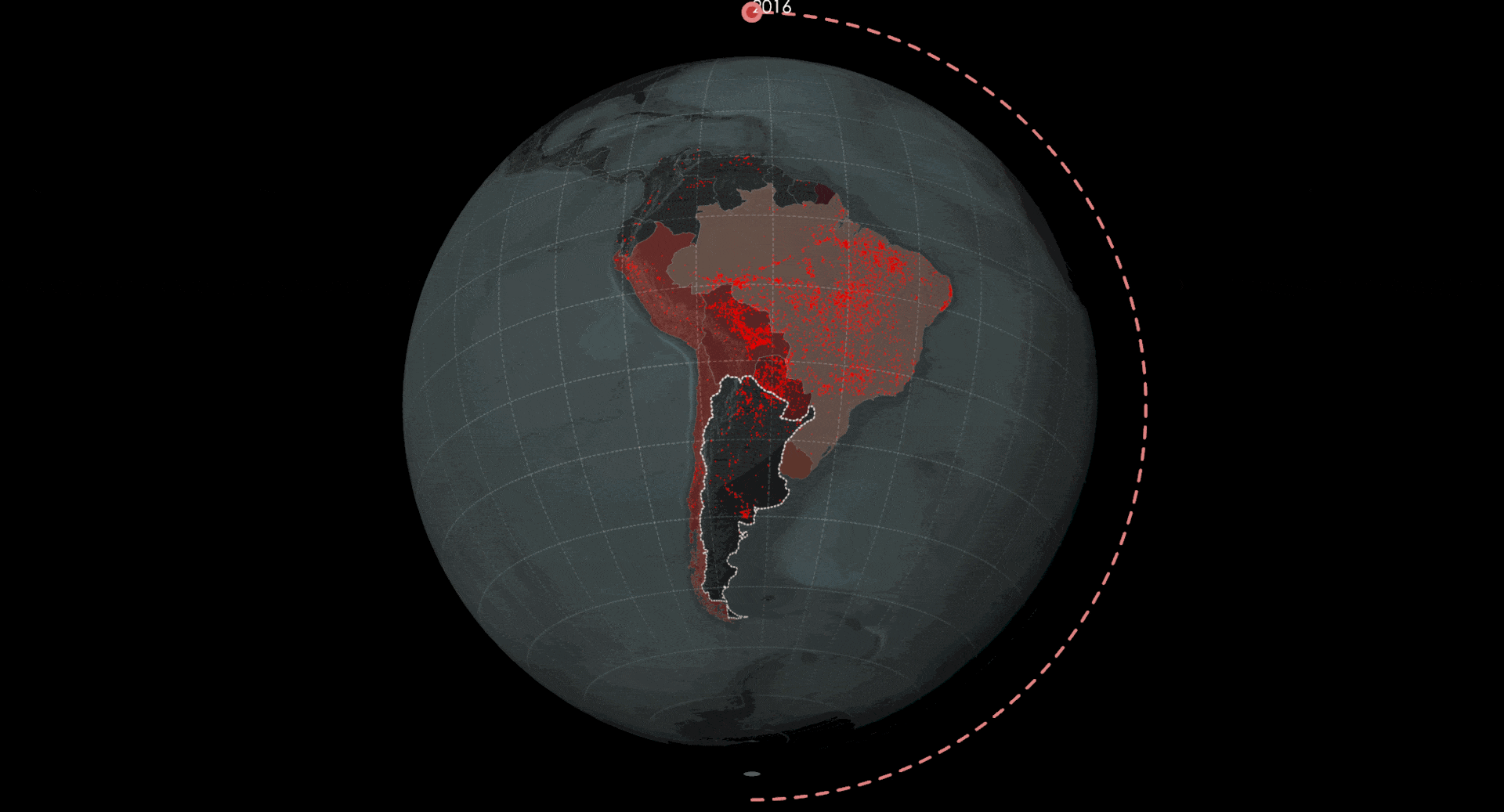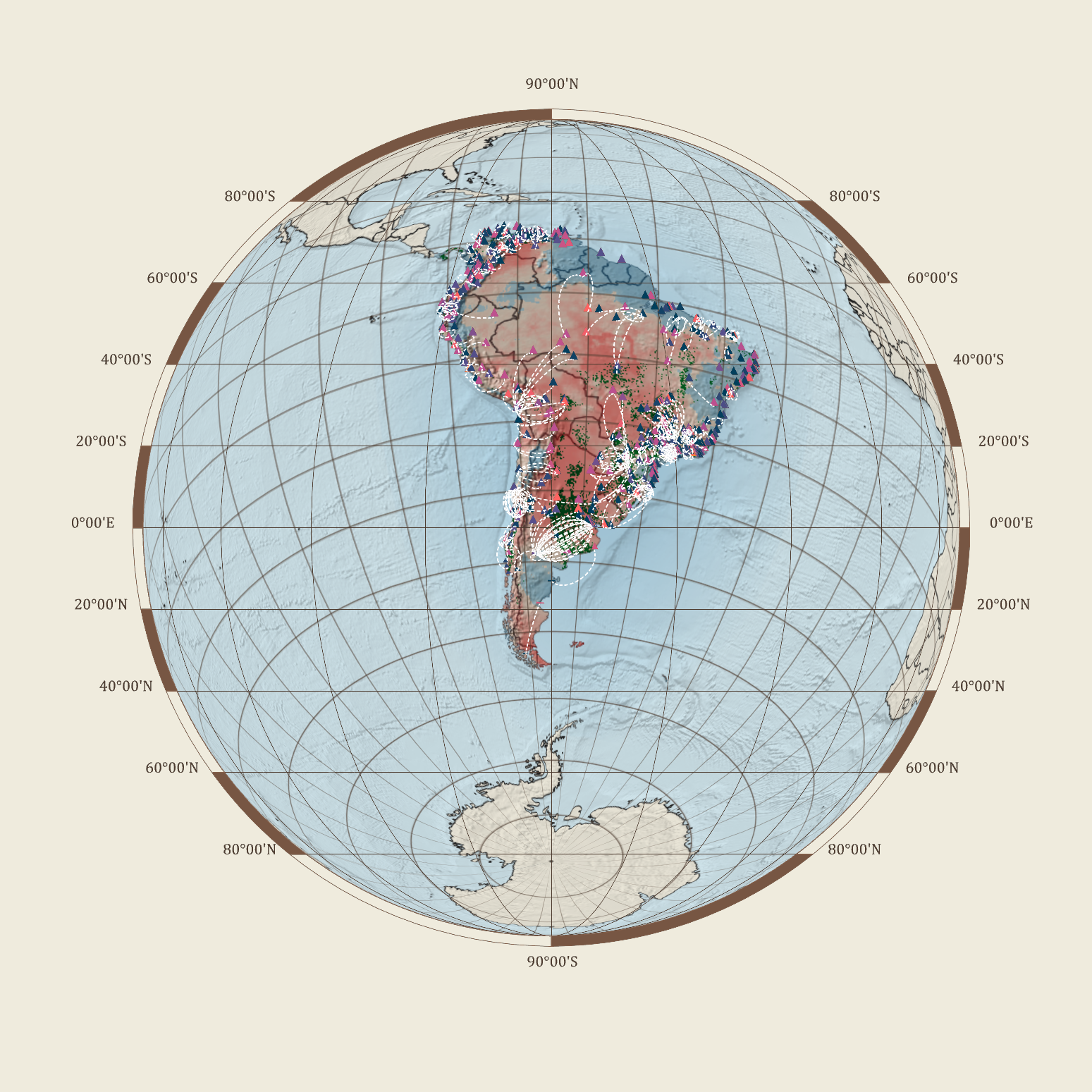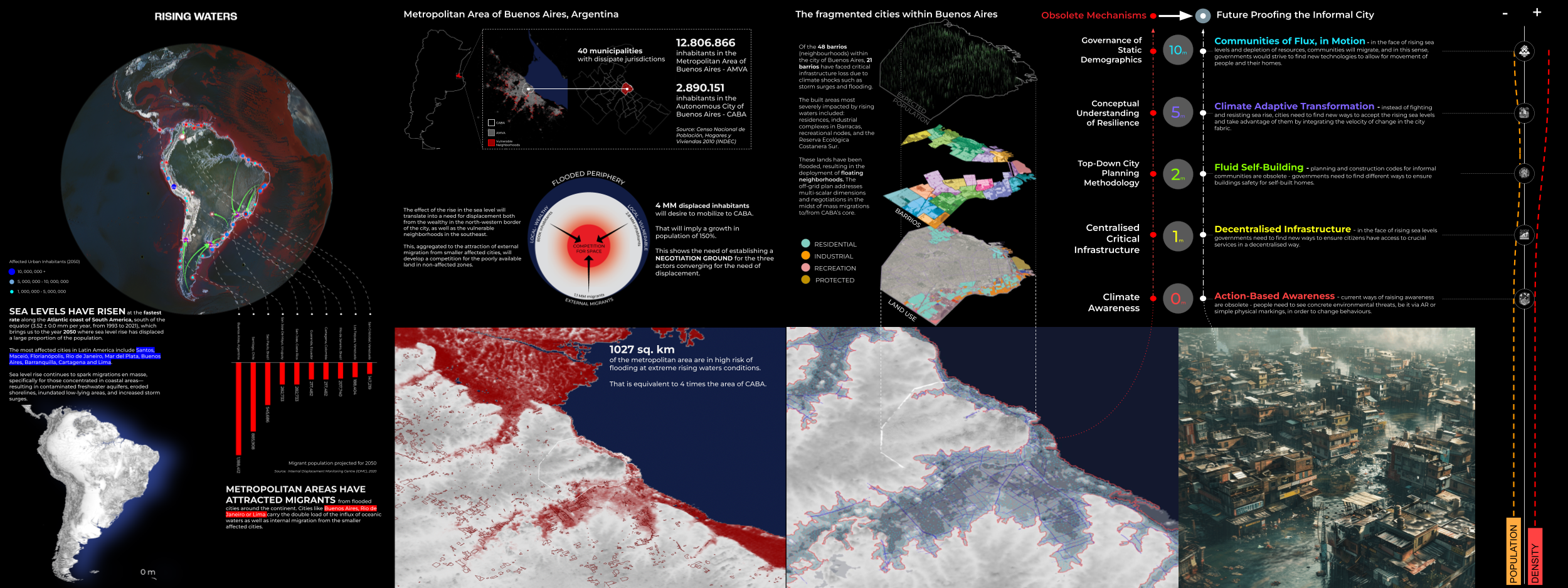
photo credits: Felipe Vera
Description
This assignment aims to foster a deep understanding of the multifaceted challenges urban environments may face and encourages creative, sustainable solutions that can be implemented through urban design and policy. The world is facing a moment of growing climate and migratory uncertainty. The accelerated intensity of natural and humanitarian disasters is giving rise to new and more complex forms of vulnerability. Migration has reached an unprecedented scale, while the infrastructure to respond to climate displacements remains unanswered. Although current estimates account for 250 million international migrants, predictions suggest that by 2050 this number will increase to 350 million, with 60% having been displaced due to environmental factors. Rising sea levels, changes in rainfall distribution patterns, and in ocean chemistry will significantly impact coastal cities, where 77% of the global at-risk population resides. The climate crises also exacerbate inequalities, as the most vulnerable groups are more exposed to the effects of environmental hazards. In the near future, the landscape of informality will be a direct reflection of the effects of climate change and its intensified migration.
Learning Objectives
Scenario Investigation and Synthesis: Engage in a thorough analysis of projected future scenarios to determine their impact on urban areas within Latin America, focusing on the year 2050. Students will deconstruct complex scenarios to assess the repercussions of climate change and migration on urban centers, with a special emphasis on vulnerable and informal communities, considering a range of environmental, economic, and social dimensions.
Urban Design Innovation: Tasked with devising creative urban design methods, students will address the distinctive challenges identified within each forecasted scenario. This includes crafting flexible, durable, and ecologically conscious urban designs capable of enduring and flourishing in the face of climate-induced phenomena and migratory developments.
Adaptive Urban Policy Development: The course will provide the tools necessary for students to formulate strategic public policy initiatives conducive to integrating adaptive approaches into urban development plans. Emphasis will be placed on policy creation that advocates for the well-being of marginalized populations and counteracts the detrimental effects of climate evolution and population displacement.
Visualization of Future Urbanism: Harness state-of-the-art digital resources to conceptualize and render visual depictions of possible future urban landscapes. This goal stresses the translation of intricate design and policy ideas into engaging visual stories that portray the expected metamorphosis of urban settings due to environmental pressures.
Ecological Infrastructure Strategy: Propose extensive plans for ecological infrastructures that are operational and also improve the quality of life for those most impacted by climatic and migratory shifts. Innovation should be aimed at seamlessly incorporating informal communities into the structured urban environment, all while maintaining ecological balance.
Design for Urban Resilience: Focus on generating design propositions that proactively respond to, alleviate, and conform to the distinctive demands imposed by climate transformation, particularly extreme meteorological occurrences and their ripple effects. Students will strategize to rejuvenate and elevate urban areas to become more robust, sustainable, and fair, ensuring urban habitats are prepared to support an evolving population dynamic.








